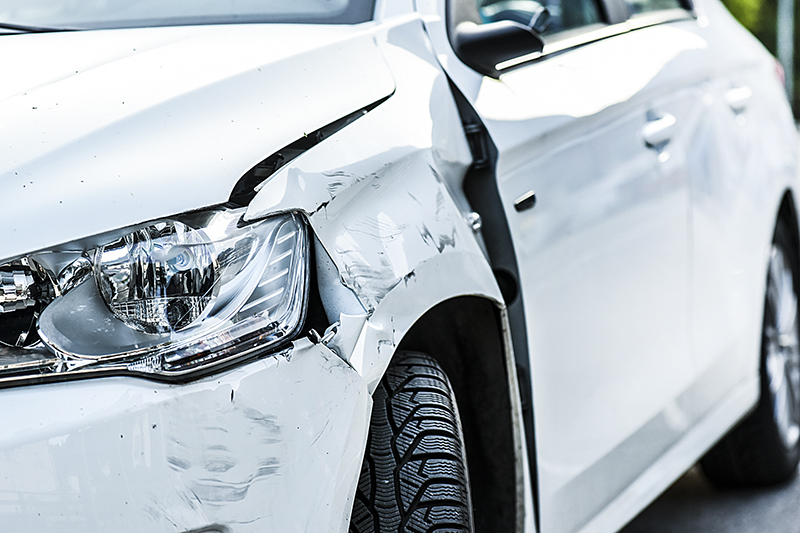
Near-miss vehicle incidents provide low-cost lessons for management
March 25, 2021
By
Iqbal Anwer

Accidents in which no injury was sustained but the vehicle was damaged do not get much attention from management, as often vehicle damage is just considered as equipment damage. (Milan/Adobe Stock)
According to the World Health Organization (WHO), road traffic deaths total 1.35 million each year on the world’s roads.
Canada’s highway network plays a role. As per Transport Canada, the number of motor vehicle fatalities in 2018 was 1,922; up 3.6 per cent from the year prior.
As an HSE professional of a company where driving is one of the activities that workers do as a part of their job, it may be your nightmare ever to be involved in a serious motor vehicle crash investigation.
Organizations have developed incident reporting and investigation procedures and often follow the incident classification based on OSHA injury definitions.
This methodology has a gap; motor vehicle incidents where no injury was sustained but the vehicle was damaged do not get much attention from management, as often vehicle damage is just considered as equipment damage.
Important lessons that should have been learned from those events are ignored or do not get the right attention until an event involving human injury is reported.
I have learned some organizations assign a cost of damage as a criterion for reportability and/or investigation. Some have set it as $500, others up to $2,000.
The problem with that approach is that they avoid learning from near-miss events which may provide significant learning to avoid severe incidents.
The ANSI D.16 – 2017 Manual on Classification of Motor Vehicle Traffic Crashes gives several MVC classifications including a classification by damage severity:
- Disabling damage: road vehicle damage which precludes departure of the vehicle from the scene of the crash in its usual operating manner by daylight after simple repairs
- Functional damage: less severe than disabling damage, but affects operation of the road vehicle or its parts. This includes door windows, broken glass, headlights or indicators. Exclusions include dented or bent fenders, bumper, grill, body panel, and destroyed hubcaps
- Other damage: involves dented or bent fenders, bumper, grill, body panel, and destroyed hubcaps
- No damage: near-miss events.
Incidents such as a flying chip damaging the windscreen, natural factors like hail damage, or damage to a properly parked vehicle should still be reported as equipment damage only.
Ideally, organizations should classify incidents both on human injury classification as well as severity of motor vehicle damage. This would provide better insight and trending of events.
Iqbal Anwer, CRSP, is a safety professional based in Calgary and principal consultant of Arfmaz Corp.
Print this page